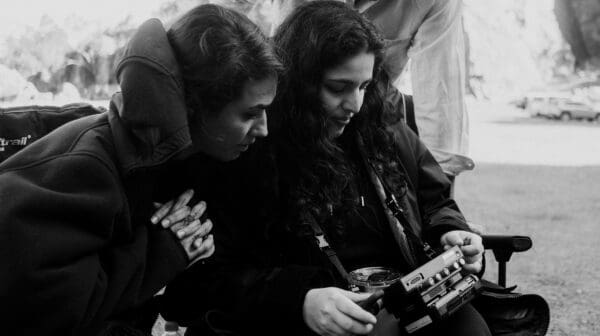
Finding New Spaces Together
‘Vádye Eshgh (The Valley of Love)’ is a collaboration between Second Generation Collective and Abdul-Rahman Abdullah weaving through themes of beauty, diversity and the rebuilding of identity.
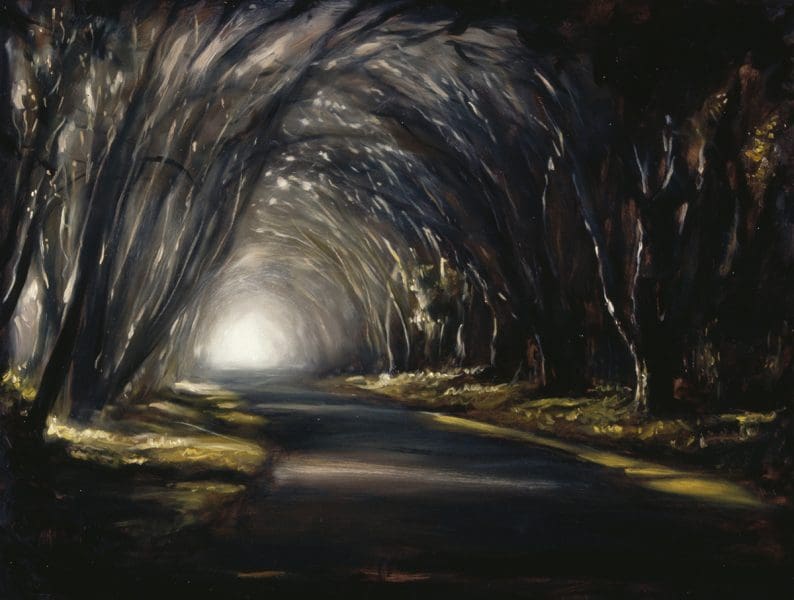
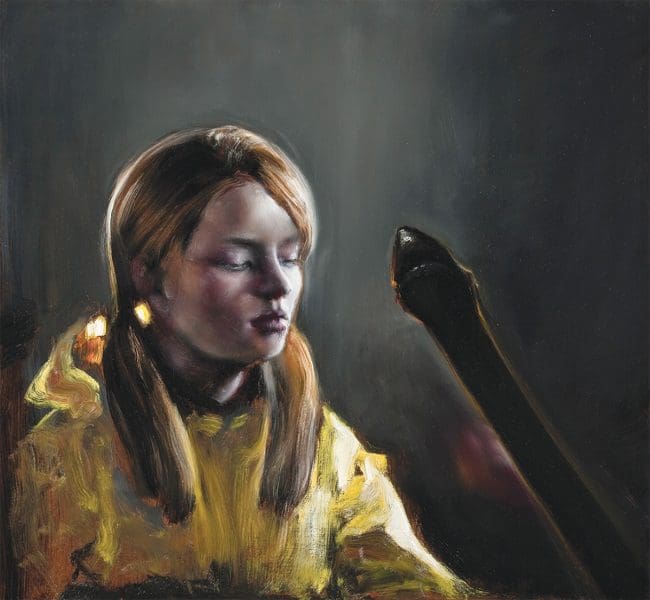
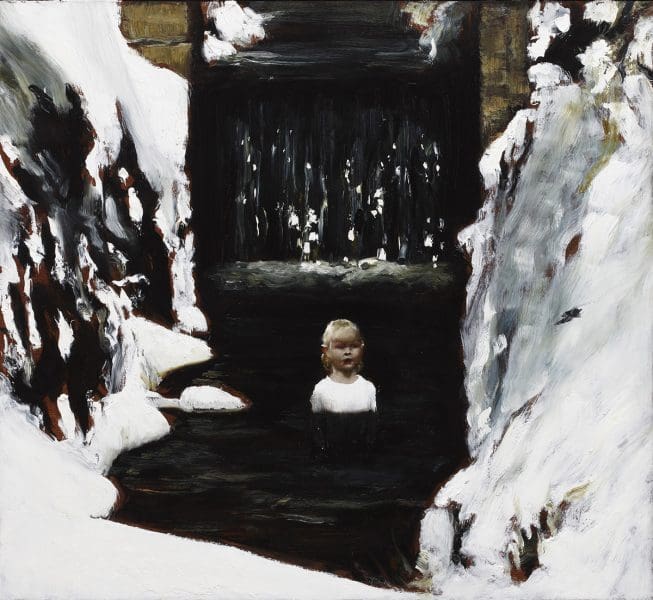
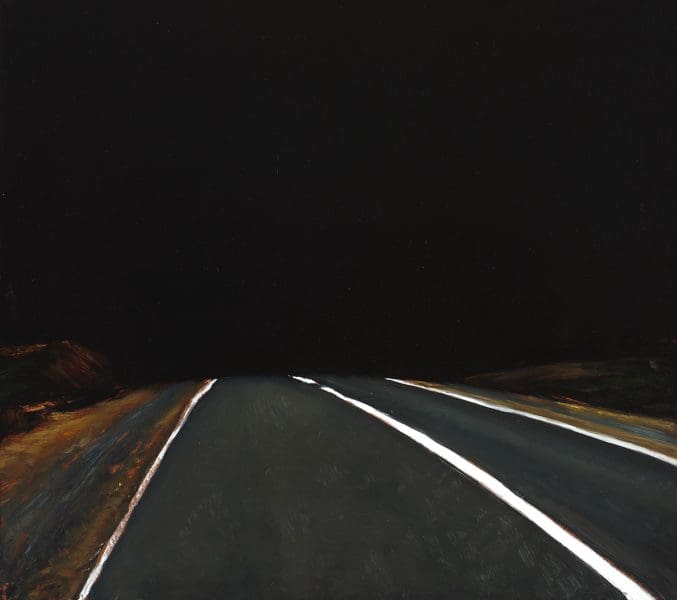
Hard on the heels of winning the coveted Archibald Prize for portraiture, Melbourne-based painter Louise Hearman is being honoured with a survey show, something curator Anna Davis says is “beyond due”.
During a career spanning three decades Hearman has become known for painting weird, moody vignettes rendered in deep chiaroscuro against amorphous backgrounds. In Untitled 1221, 2007, a cat is menaced by the strangely visceral, disembodied stamens of a giant lily; in Untitled 1060, 2005, a small white dog seems to have morphed into a giant pale blossom; in Untitled 1294, 2005, a girl in a yellow raincoat is confronted by an indeterminate but distinctly phallic shape.
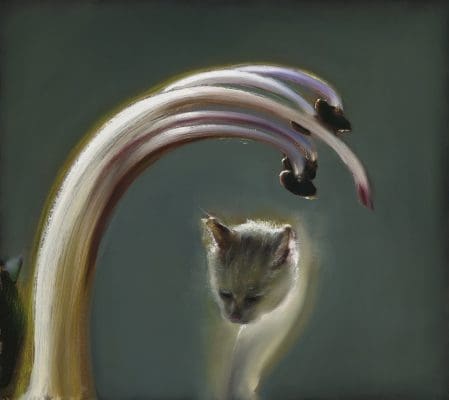
For Davis, Hearman’s work is about darkness and light. As she puts it, the painter “seems to illuminate things within our everyday world that perhaps go unnoticed”. Davis also notes that Hearman’s imagery can be both powerful and vaguely disturbing. For her, the work elicits a corporal reaction, an emotional response that can be felt physically.
Hearman’s paintings seem to offer dark fragments of unfinished narratives. “People have called her images cinematic before,” Davis explains, “They are like film stills. There is an underlying mystery or story behind the works.”
And while Hearman’s paintings have a distinct dreamlike quality, Davis believes they are also firmly rooted in the here and now. “People talk about Hearman’s work in terms of surrealism, romanticism and all these ‘isms’, but I really do think it does speak to today,” she says. “There is something in the way it captures an underlying disquiet and anxiety that is certainly part of the contemporary condition.”
Louise Hearman
QUT Art Museum
3 June – 6 August